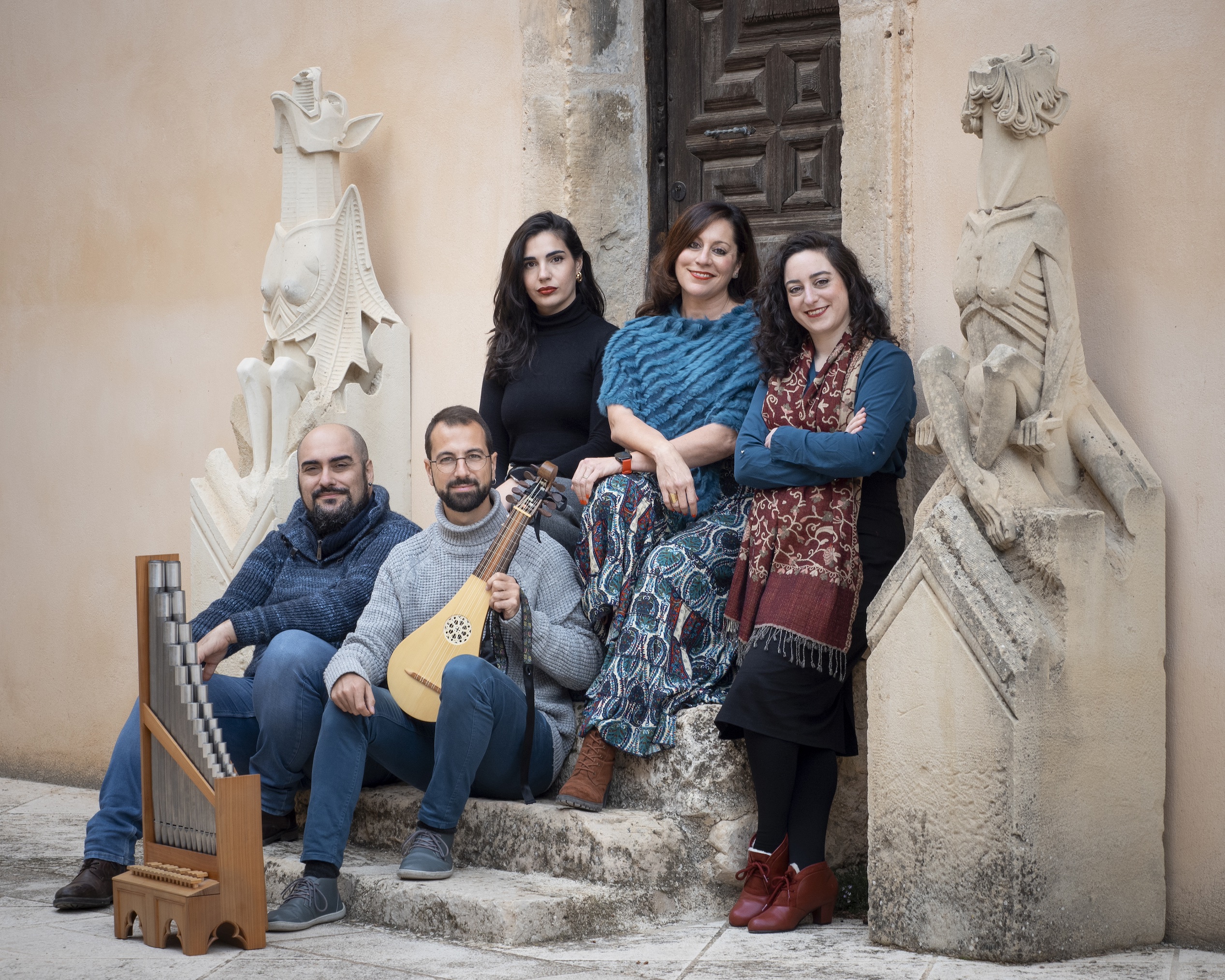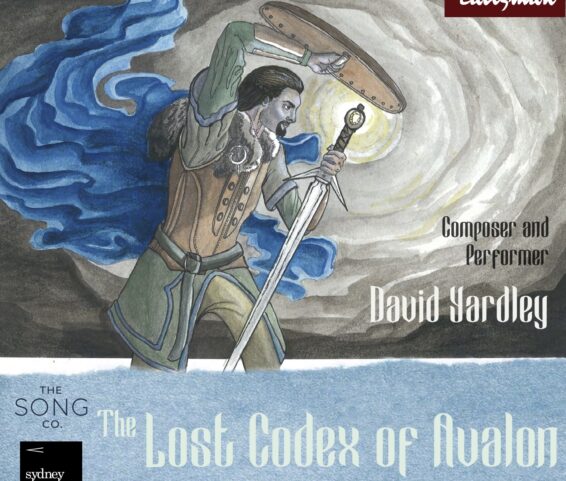Performance as an act of love
“To me the performance of medieval music is an act of love, the love of making a contribution to humankind. It consists in sharing compiled knowledge from the perspective of an artistic mind”

Cristina Alís Raurich is a leading medieval music specialist, celebrated for her expertise and dedication.
Originally trained as a pianist (Master’s degree), she has since dedicated herself to medieval and early Renaissance music, specializing on historical keyboards: organetto, clavicimbalum, clavicytherium and medieval organ.
Her performances are lauded for their authenticity and emotional depth, transporting audiences to past eras.
You can download her Bio/CV here (PDF).
Find more about her concert programs here.
Contact Cristina here if you are seeking to book her for a concert.
Instruments I play
Each instrument is a door to a unique universe of sound
Portative organ of the 13th century
A word-first reconstruction of this model of portative organ (2014), which remains, to date, the only known example of a 13th-century portative organ.
Portative of the 14th-15th century
This portative is the most common model of the second half of the 14th century and the 15th century.
Positive organ of the 15th century
Very few original instruments of the 15th century survived to our days. Sometimes copies are made by modern organ makers, like this one from the Salamanca Cathedral of the so-called Anaya Organ, dating back to the 15th century.
Clavicimbalum
The clavicimbalum is a small string keyboard instrument that lived its golden era in the 14th and 15th century. Most reconstructed models follow Arnaut de Zwolle’s design (15th century).
Clavicytherium
This upright type of string keyboard instrument is an exception in the field of medieval keyboards, based on the fact that just one exemplar survived to our times. This surviving original is at the Royal College of Music (London), dates back to 1480 and is of South German provenance.
Piano
This instrument doesn’t need any introduction! Although Cristina prioritizes her career as medieval performer, she hasn’t forgotten the piano solo and chamber repertoire, and still performs in public every now and then.
Ensembles
Cristina is a regular member of a number of ensembles. Each of these ensembles dedicate to specific, surviving repertoires. For example, Ensemble Merveill dedicates to the polyphonic music of the Iberian courts in the 14th and 15th centuries; and La Douce Semblance (dir. Brice Duisit) focuses on 14th century French monody and 13th century polyphony and dances.

Her ensemble Ipsum Femina performs plays on medieval figures such as the mystic Marguerite Porete.
Click here to discover the concert programs and plays that Cristina is currently offering.
Discography
I have participated in the recording of various ensembles and I’m now preparing my first solo CD.
Paradiso
La Camera delle Lacrime
Buy it now
Lumière et Paix
Ensemble Trecanum & Cristina Raurich
Buy it now

The Lost Codex of Avalon
David Yardley
Buy it now
Media Gallery
If you are a concert promoter, download a selected set of pictures (hi-res) here.

